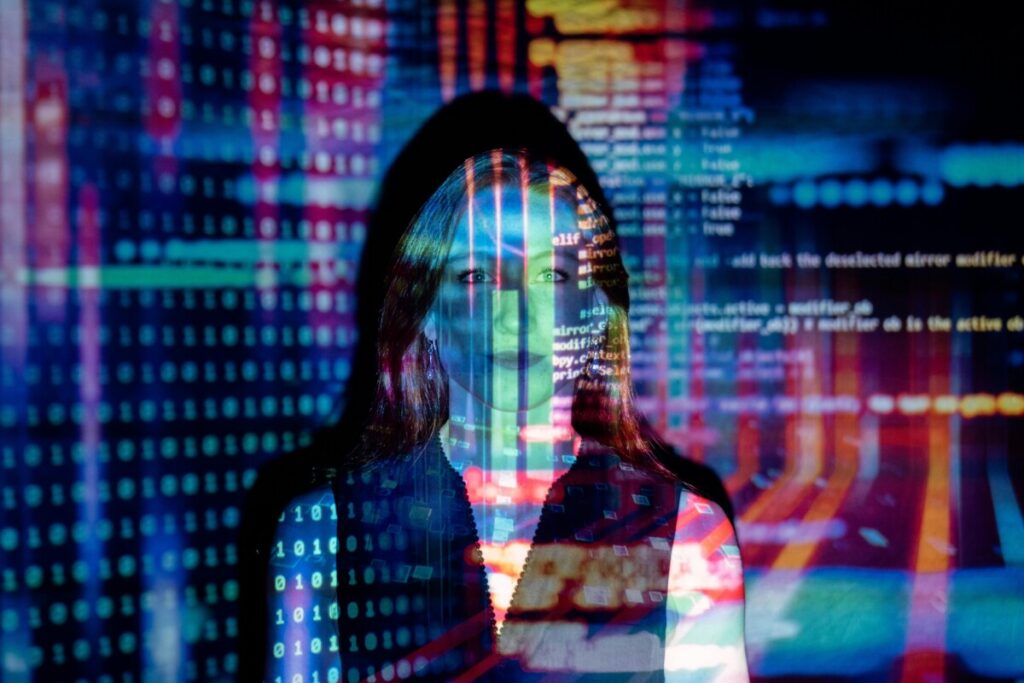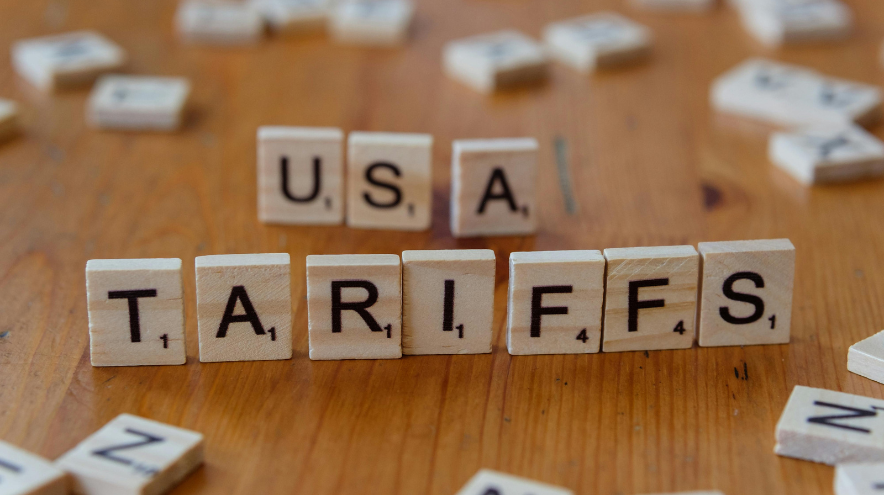Exploring Generative AI: The World of Artificial Intelligence

Welcome to the exciting world of generative AI and artificial intelligence! In this blog, we’ll be delving into the fascinating realm of AI and its applications in generating art, music, and much more. As technology continues to advance, so does the potential for AI to create innovative and thought-provoking works. Join us as we explore the intersection of creativity and technology, uncovering the possibilities and implications of generative AI. Whether you’re a tech enthusiast or simply curious about the future of AI, this blog is your gateway to understanding and appreciating the impact of artificial intelligence on the creative landscape. So, buckle up and get ready to embark on a captivating journey into the world of generative AI!
Generative AI, short for Generative Artificial Intelligence, is a cutting-edge technology that has been making waves across various industries. This article will provide an in-depth exploration of Generative AI, from its definition and historical roots to its current applications, challenges, and future outlook.
Definition of Generative AI
Generative AI refers to a subset of artificial intelligence that involves machines creating new and original content. Unlike traditional AI, which is often limited to pattern recognition and decision-making based on pre-existing data, Generative AI can generate novel outputs, such as images, text, and even entire simulations.
Importance of Generative AI in Various Industries
Generative AI is a cutting-edge technology. It plays a pivotal role across diverse industries. It revolutionizes the way we work and interact with technology. In healthcare, it generates synthetic medical images for training and research. This leads to more accurate diagnoses and treatment plans. Generative AI is fueling unprecedented advancements in art and design in the creative sector. It is also advancing music in new and exciting ways. Additionally, it does this. It offers endless possibilities for artistic expression and innovation. Moreover, in finance, it helps analyze complex market data. This enhances decision-making processes and risk management strategies. Generative AI has limitless potential. It drives progress and efficiency in many sectors, transforming modern industries.
Brief History of Generative AI
Generative AI is a fascinating field within artificial intelligence. It has a rich and intriguing history. Dating back to the 1950s, early pioneers like Christopher Strachey and Alan Turing laid the groundwork for generative AI. They did this by exploring the concept of computer-generated artwork and language. Technology advanced. The development of neural networks and deep learning algorithms propelled generative AI into new frontiers. It enabled the creation of realistic images, music, and even text. This fusion of creativity and technology continues to evolve. It shapes the way we interact with AI-generated content in various domains. The history of generative AI is a testament to human creativity. It shows the endless possibilities at the intersection of art and technology.
Understanding Generative AI
Explanation of How Generative AI Works
Exploring the world of artificial intelligence can be a fascinating journey, especially when delving into the realm of generative AI. Generative AI works by using algorithms to create new and original content, whether it’s images, music, or even text. This technology allows for the generation of unique and creative outputs, often indistinguishable from those made by humans. By understanding the inner workings of generative AI, we can appreciate the potential it holds for various applications and its impact on the future.
Differences Between Generative AI and Traditional AI
Exploring the world of Generative AI offers a fascinating glimpse into the realm of artificial intelligence. Generative AI stands apart from traditional AI by its ability to create new content, such as images, music, and text, rather than simply processing and analyzing existing data. This groundbreaking technology opens up endless possibilities for creativity and innovation, revolutionizing various industries, including art, design, and entertainment. Understanding the nuances and differences between Generative AI and traditional AI is crucial in grasping the potential impact and applications of this cutting-edge technology. By delving into the intricacies of Generative AI, we can gain valuable insights into its capabilities and how it is poised to shape the future.
Types of Generative AI
Generative AI encompasses a wide array of forms, each tailored to fulfill distinct objectives. In this exploration, we will delve into the realm of Generative AI and shed light on its various types, including GANs (Generative Adversarial Networks), VAEs (Variational Autoencoders), and more. These diverse forms of Generative AI are crafted to cater to specific needs and applications, contributing to the ever-evolving landscape of artificial intelligence. Join us as we unravel the intricacies of these innovative technologies and their impactful role in shaping the future.
Applications of Generative AI
Industry-Specific Examples
Generative AI, with its innovative capabilities, has made significant inroads across various industries. In the realm of gaming, it has revolutionized the creation of immersive environments and dynamic characters, enhancing the overall gaming experience. Furthermore, in the field of music composition, Generative AI has been leveraged to generate unique melodies and rhythms, pushing the boundaries of creativity. Additionally, in the world of art, it has enabled the generation of mesmerizing visual artworks, offering new avenues for artistic expression. These industry-specific examples underscore the profound impact of Generative AI, showcasing its versatility and potential to redefine creative processes across diverse domains.
Impact on Creativity and Innovation
Exploring the world of generative AI opens up a realm of possibilities for creativity and innovation. Artificial intelligence has had a significant impact on various industries, including the arts. By leveraging generative AI, artists and creators can explore new avenues of expression, pushing the boundaries of traditional art forms. The ability of AI to generate novel and unexpected outputs can inspire fresh ideas and catalyze innovative approaches to artistic creation. This fusion of human creativity with machine intelligence is reshaping the landscape of art and innovation, offering exciting prospects for the future.
Potential Future Applications
Exploring the world of generative AI opens up a realm of potential future applications that could revolutionize various industries. From personalized medicine and predictive analytics to creative arts and autonomous vehicles, the possibilities are endless. Generative AI can enhance efficiency, creativity, and problem-solving across different fields. As researchers continue to push the boundaries of artificial intelligence, the future holds promise for transformative advancements that will shape our world in profound ways.
Challenges and Limitations
Ethical Concerns
Exploring the world of generative AI can be an exciting journey, but it’s important to be aware of the challenges and limitations that come with it. One of the major concerns is the ethical implications of AI technology, particularly in terms of privacy, bias, and potential misuse. As we delve deeper into the capabilities of AI, it’s crucial to consider the impact on society and individuals. Understanding these ethical concerns will allow us to navigate this evolving landscape with responsibility and mindfulness. It’s imperative to engage in open discussions and continuous evaluation of the ethical implications to ensure that the development and use of generative AI align with ethical principles and values.
Bias and Fairness
When exploring the world of artificial intelligence, it’s essential to acknowledge the challenges and limitations it presents. One of the most pressing issues is the presence of bias and the need for fairness in AI systems. As AI technology continues to evolve, it’s crucial to address the potential biases that can be embedded in algorithms and data sets. Ensuring fairness in AI is a complex and ongoing task that requires diligent attention. By understanding these challenges, we can work towards developing AI systems that are more equitable and inclusive for all.
Technical Limitations
Exploring the world of artificial intelligence unveils both exciting possibilities and important challenges. One significant aspect to consider is the technical limitations that AI systems may encounter. While AI has made remarkable advancements, there are still constraints related to processing power, data complexity, and algorithmic accuracy that pose challenges. Understanding these technical limitations is crucial for the ongoing development and application of AI technology. It’s essential to approach these limitations with a professional mindset, seeking innovative solutions and pushing the boundaries of what is currently possible in the field of artificial intelligence.
Advancements and Innovations
Latest Developments
The world of artificial intelligence is continuously evolving, with advancements and innovations shaping the latest developments. From groundbreaking research to cutting-edge technologies, the AI landscape is expanding at a rapid pace, offering new possibilities and opportunities. Whether it’s in healthcare, finance, or entertainment, AI is revolutionizing how we approach complex problems and tasks. As the field continues to progress, it’s essential to stay informed about the latest breakthroughs and applications, empowering us to harness the full potential of this transformative technology.
Ongoing Research and Breakthroughs
Artificial Intelligence (AI) continues to revolutionize various industries, including healthcare, finance, and transportation, and the world of art is no exception. With ongoing research and breakthroughs, AI has made significant advancements in generative art, creating unique and innovative pieces through machine learning algorithms. These breakthroughs have opened up new possibilities for artists and creatives, allowing them to explore novel ways of expression and creativity. From algorithmic compositions to visual art generated by neural networks, the world of generative AI is continually evolving, offering exciting opportunities for both artists and AI enthusiasts alike. As AI continues to push the boundaries of what is possible, the intersection of technology and art presents a captivating landscape of innovation and creativity.
Collaborations and Partnerships
Exploring the world of artificial intelligence reveals a landscape of remarkable advancements and innovations. From cutting-edge algorithms to groundbreaking applications, AI continues to revolutionize industries and drive unprecedented progress. Collaborations and partnerships between tech giants, research institutions, and startups are fostering an environment of creativity and knowledge-sharing, propelling AI to new heights. As the possibilities of generative AI unfold, it’s inspiring to witness the collective efforts aimed at harnessing its potential for the betterment of society.
Future Outlook
Predictions
As we explore the world of generative AI and artificial intelligence, the future outlook appears to be incredibly promising. Predictions suggest that these technologies will continue to revolutionize various industries, from healthcare to finance, and beyond. The potential for AI to drive innovation, improve efficiency, and enhance decision-making processes is truly remarkable. As we look ahead, it’s clear that the impact of generative AI will only continue to grow, opening up new possibilities and reshaping the way we approach complex problems. The future is bright for AI, and the opportunities for advancement and progress seem boundless.
Impact on Society and Economy
As we continue exploring generative AI and its impact, it’s clear that the future outlook is both promising and complex. The integration of AI technologies has the potential to revolutionize various industries. These include healthcare, finance, transportation, and entertainment. This could lead to increased efficiency and productivity. It could also drive innovation. Ultimately, these impacts could boost economic growth and job creation. However, it’s essential to address potential societal implications. These include privacy concerns, ethical considerations, and the need for fair access to AI solutions. As we navigate this changing landscape, it’s crucial to prioritize responsible AI development and deployment. This is to ensure a positive and inclusive impact on society and the economy.
Role in Advancing Other Technologies
We continue to explore generative AI and its role in advancing other technologies. The future outlook is incredibly promising. Rapid advances in artificial intelligence will significantly contribute to fields like healthcare. They will also impact transportation and environmental sustainability. AI has the potential to revolutionize how we approach complex problems. It can also streamline processes, which is truly remarkable. AI will undoubtedly play a pivotal role as it evolves. It will shape the future of global technology and innovation.
Conclusion
In conclusion, generative AI opens a fascinating realm of possibilities. It sits at the intersection of technology and creativity. We continue to explore artificial intelligence’s potential in art. This innovative field has the power to revolutionize the way we conceive, create, and interact with art. Ongoing advancements and collaborations are creating endless opportunities in the future. Creators and audiences will engage with AI-generated art in meaningful and inspiring ways. Embracing the potential of generative AI in the arts can lead to groundbreaking discoveries. It can also lead to new forms of expression. It can deepen our understanding of the human-technology relationship. Looking ahead, generative AI’s evolution promises to shape the future of artistic innovation. It will redefine our perceptions of creativity and technology.
https://fiscalfitnessflow.com/index.php/2023/12/22/roaming-the-globe-best-cities-for-digital-nomadic-lifestyles/
https://en.wikipedia.org/wiki/Main_Page
FAQ’s
What is Generative AI?
Generative AI is a subset of artificial intelligence that focuses on creating new content, such as images, text, music, and even videos, that imitate or resemble human-created content. Unlike traditional AI models that focus on classification or prediction tasks, generative AI models generate new data based on patterns learned from existing data.
How does Generative AI work?
Generative AI models typically use deep learning techniques, such as neural networks, to learn patterns and relationships in a dataset. Once trained, these models can generate new data by sampling from the learned patterns. For example, a text generation model might learn to generate coherent sentences by analyzing a large corpus of text.
What are some applications of Generative AI?
Generative AI has a wide range of applications across various industries. Some common applications include generating realistic images for design and visual effects, creating natural language processing models for text generation and conversation, generating music and sound for entertainment and composition, and even generating synthetic data for training machine learning models.
What are the challenges of Generative AI?
One of the main challenges of Generative AI is ensuring that the generated content is of high quality and realistic. Many generative models struggle with producing coherent and believable outputs, leading to issues such as artifacts in generated images or nonsensical text. Additionally, there are ethical concerns surrounding the use of generative AI, such as the potential for misuse, bias in generated content, and copyright infringement.
How is Generative AI shaping the future?
Generative AI has the potential to revolutionize various industries by enabling creativity and innovation in content generation. As technology advances, we can expect to see more sophisticated generative models capable of producing even more realistic and diverse content. However, it’s essential to approach the development and use of generative AI responsibly, addressing ethical concerns and ensuring that it benefits society as a whole.






